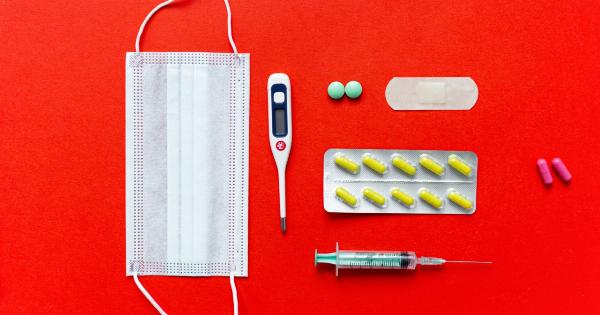Lymphedema is a chronic condition that affects the lymphatic system, causing fluid buildup and swelling in the arms, legs, or other body parts. This condition can cause discomfort, pain, and decrease mobility and quality of life.
Having lymphedema can be uncomfortable, and if not treated can lead to complications such as infection, skin changes, and impaired wound healing.
What is Lymphedema Treatment?
The goal of lymphedema treatment is to reduce swelling and improve the patient’s quality of life. Treatment options vary depending on the severity of the condition and the underlying cause. The most common treatments include:.
1. Complex Decongestive Therapy (CDT)
Complex Decongestive Therapy is the gold standard treatment for patients with Lymphedema. CDT is a comprehensive treatment plan that involves several modalities.
This treatment combination aims to reduce swelling, increase lymphatic flow, and prevent further complications such as infection or skin changes. This therapy includes :.
Manual Lymphatic Drainage (MLD): A gentle massage technique designed to encourage lymph flow and reduce swelling.
Compression Therapy: Specialized bandages or compression garments are used to apply pressure to the affected limb. This pressure helps reduce swelling and improve lymphatic function.
Exercise: Regular low-intensity exercises, such as walking, cycling, or swimming, can help improve lymphatic flow and reduce swelling.
However, it is important to consult with a healthcare provider to design an exercise program that is safe and effective for your specific condition.
Skincare: Proper skincare is essential for lymphedema patients. Skin irritants, cuts, or burns can lead to infection and further complications. A healthcare provider can provide skincare education to minimize the risk of infections.
2. Surgical Options
Surgical options for lymphedema treatment are generally reserved for individuals with more severe or advanced stages of the condition. There are several surgical options that work to remove lymphatic tissue or connect blocked vessels.
Some of the surgical options are :.
Lymphaticovenular Anastomosis (LVA): This surgical option works by creating small channels connecting the lymphatic vessels directly to the veins. This procedure helps improve lymphatic drainage and reduce swelling.
Lymph Node Transfer: Lymph node transfer involves transferring lymph nodes from a healthy area of the body to the affected limb. This procedure aims to restore lymphatic function and reduce swelling.
3. Medications
Unfortunately, there are no medications specifically approved for lymphedema treatment. However, antibiotics or anti-inflammatory medications may be prescribed to treat infections associated with lymphedema.
How to Prevent Lymphedema
If you are at risk of developing lymphedema or have a history of lymphedema, there are several steps you can take to prevent this condition:.
Exercise regularly: Regular exercise or physical activity can help improve lymphatic flow, reduce swelling and prevent complications.
Avoid trauma or injury to the affected limb : Cuts, bruises, and other injuries can increase the risk of infection and swelling, making lymphedema worse.
Wear compression garments : Wearing compression garments can help reduce swelling and prevent complications. Healthcare providers may recommend special compression garments to prevent or manage lymphedema symptoms.
Conclusion
Lymphedema is a chronic condition that affects the lymphatic system, causing fluid buildup and swelling in the arms, legs, or other body parts. The appropriate treatment depends on the severity and stage of the condition.
Treatment options can range from conservative methods such as Complex Decongestive Therapy to surgical options. Proper lymphedema treatment may help reduce swelling and improve the patient’s quality of life.































